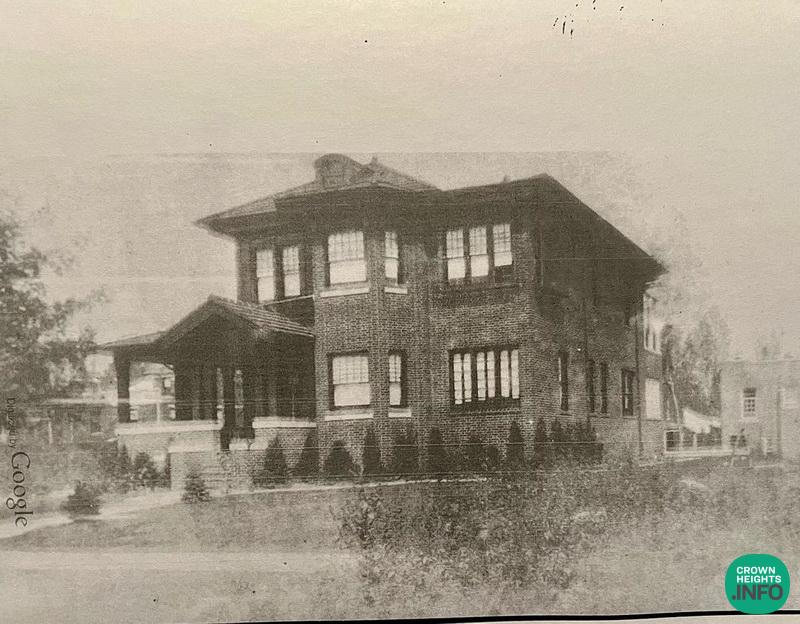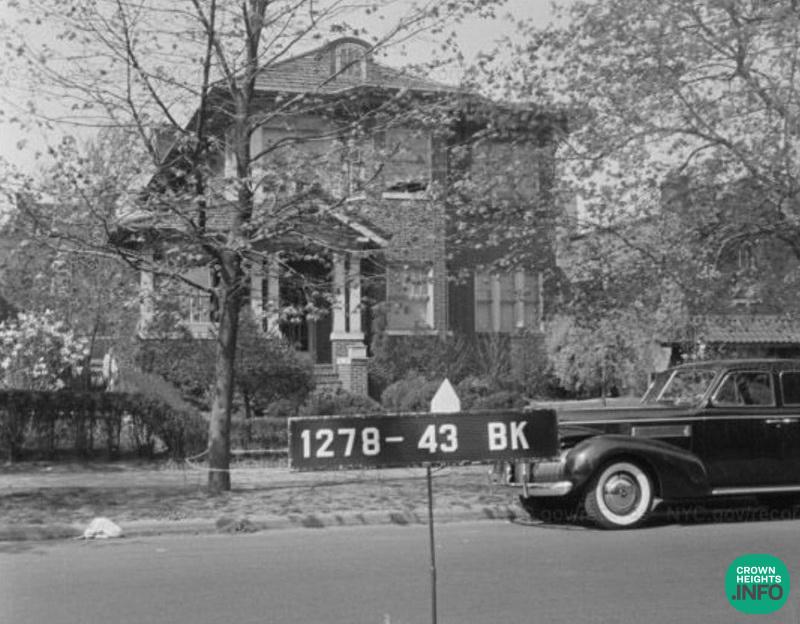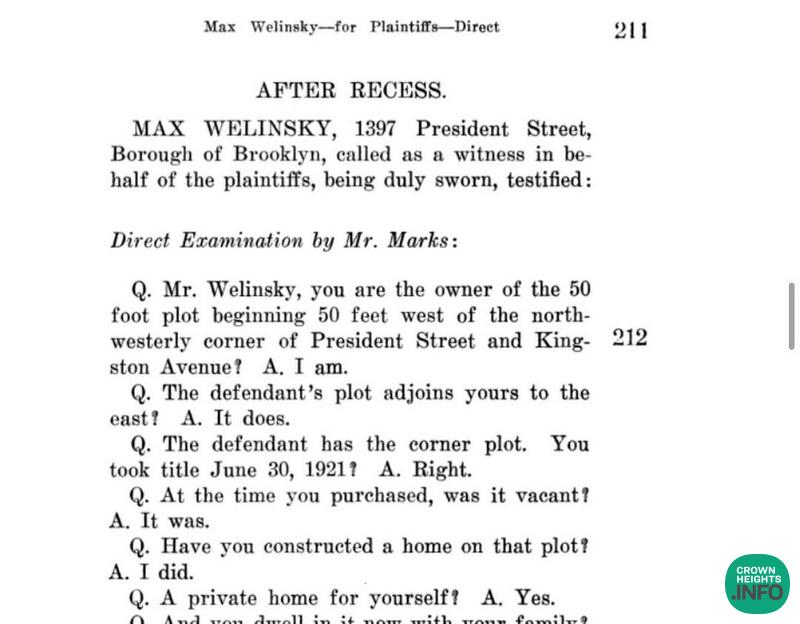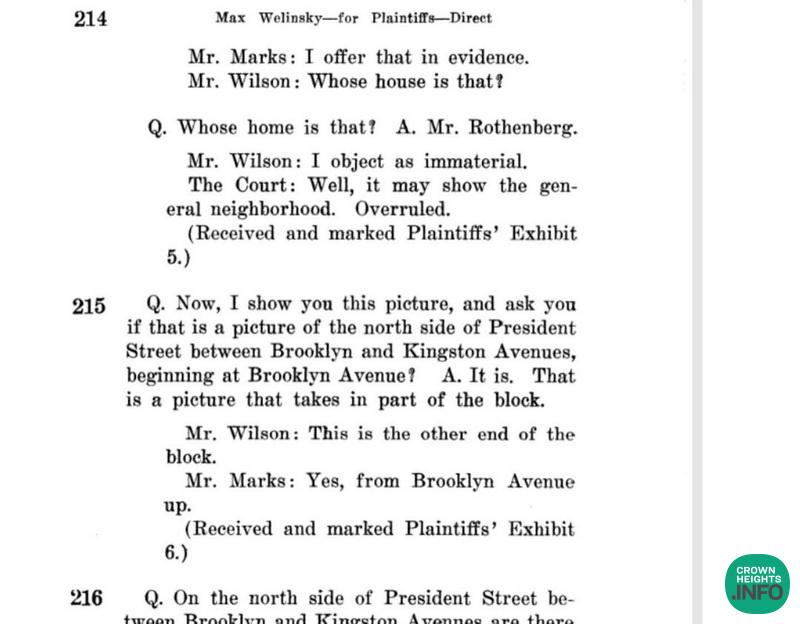
1401 President Street, $40,000 to $7,000,000
This series on Crown Heights History has been compiled by Instagram account @crownheightshistory, a born and raised Crown Heightser, and shows some of the ongoing research taking place.
I generally don’t focus about “prices back then” because it causes undue anxiety.
So many people look back and wish they could have “bought then” and it’s simply not accurate. Let’s just say it’s 1975 and they were “giving away” an apartment building on…Montgomery and Nostrand for let’s say $200,000. Do you know what kind of HEADACHE you would have to try to run that building? Rent control, rising oil prices, crime, tenants not paying, complaining to the city etc etc. You would have chosen then not to deal with it, so stop having extra undue regret “If only I bought then” because there is opportunity now but in other areas to buy. So if it’s in your cards and personality to own real estate then you will. This lookback regret is simply inaccurate.
Anyway let’s take a look at 1401 President street. Just off of Kingston Ave. A beloved neighborhood physician, Doctor Feldman, had his home and office there until he tragically passed away one year ago.

So in 1920 an agent came to the a store of a successful merchant and clothing manufacturer, Mr. Max Welinsky, and sold him a lot on the best block in the newly minted neighborhood of Crown Heights, Brooklyn. Unknown how much he paid for the lot but I would assume it was in the $10,000 range.
Now let’s talk about President Street. It has always been unknown the reason as to why there are mansions on President Street. Why these two blocks? Was there a gate around President Street?? Who built these magnificent homes?

In 1898 there was a company formed called “The Eastern Parkway Company” lead by Fred Rowe who later become a congressman. He was a lawyer that decided to get into real estate. He purchased land that is the center of Jewish Crown Heights today- Eastern Parkway to Malbone Street (Empire Blvd) and New York Ave to Kingston Ave. He also bought a smaller section of Eastern Parkway and Union street between Kingston and Albany. Interestingly that are was once a golf course!
Development in this area came from north to south so Saint Mark or Atlantic Avenue and down till Eastern Parkway. Back then the area was referred to overall as the Bedford Area, (and there was Bedford Heights -bedsty today), and more specifically Crown Heights North was called the Saint Mark’s District. Saint Marks Ave had magnificent Mansions from Kingston Ave till Rogers Avenue. Nathan Straus from R.H. Macys built a house there.
Frederick Rowe wanted to create the same idea but eight blocks south on President Street starting at Kingston Ave and going west towards Rogers Ave. He succeeded with one block of fully detached houses until Brooklyn Avenue and an equally beautiful but some attached houses block until New York Avenue.
The Eastern Parkway Company had an effect on two specific blocks. Union Street Between Kingston and Brooklyn. Since the area was desolate and you had a prison nearby on Montgomery and Nostrand, plus just south you had a farm area with crime and poor shanties (yah) called “Pig town”. They built Union Street with a gate around it to protect it from the roaming goats and give it an air of exclusivity. They called this block – after a broadway play – Spotless town. There was also central heat and hot water which came out of one building on the corner on Brooklyn and Eastern Parkway.

However before they started building Union Street in 1903, they had three builders erect their own mansions on Present street which were the first houses built in Crown Heights South. For the rest of the lots they didn’t build houses but advertised heavily in Newspapers, Booklets, and on Trolleys about lots in the “Eastern Parkway Section:
“Nothing is allowed in this neighborhood but high class houses built of brick or stone, approved architectural designs, standing on lot that are wide and very deep…. The tales of men of means have been considered by the developers of the tract of land in the Eastern Parkway, District… Building plots are offered at reasonable prices but are high enough to ensure the selectness of the neighborhood and to guarantee that those to whom the refinement of living appeal shall not be offered by their surroundings. There is no other district of similar area over which such uniform and desirable restrictions have been extended.”
They came up with a covenant. A covenant is more of an agreement that is in the contract or deed but not a government enforced zoning. The covenant was that you can only built a single family home, with approved plans, and the home had to cost $10,000 or more.
While the Eastern Parkway Company and Frederick Rowe exited the real estate market shortly thereafter the covenant on President Street was held up with those living on the block. While other block in Crown Heights you may see beautiful rowhouse and then boom a building which seems misplaced in middle of the block – the residence on President Street made sure to not allow any buildings to go up despite some people trying.
Back to Max Welinsky. He was a successful businessman, a clothing manufacturer, and a director of a hospital in East New York referred to as The Poor Mans Hospital. He had three children.
Next door on the corner lot they filed plans to put up an apartment building. This galvanized the neighbors to sue the owners of the lot to stop the built of a “tenement” on the corner. (They wanted the Tzivos Hashem building to be replicated). What ended up getting built was a commercial one story building with a nice lime stone covering.


















